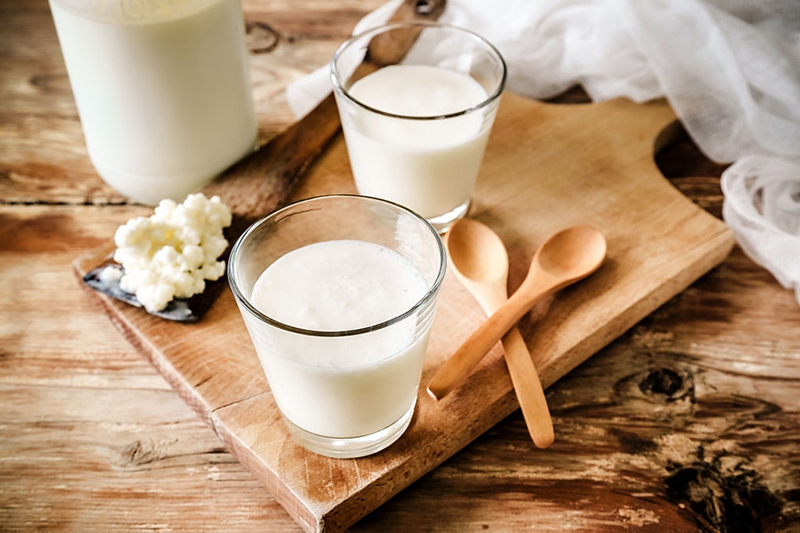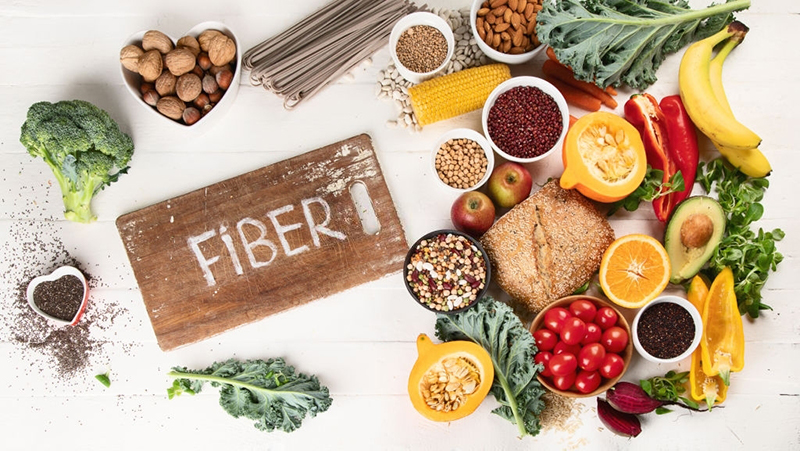Kefir is becoming more common in supermarket dairy cases around the country. But what is it, exactly? probioticseverything.com probiotic milk
“Kefir is a type of fermented milk said to have originated around 100 BCE in the Caucasus Mountains region,” explains Jill Ciciarelli, Holistic Health Counselor and author of Fermented: A Four-Season Approach to Paleo Probiotic Foods (Victory Belt Publishing, 2013.) “Shepherds carried goat’s milk in pouches and discovered that it fermented into a fizzy drink that made them feel terrific when they drank it,” says the article. probioticseverything.com probiotic milk
Health Advantages
Kefir is high in vitamins, including vitamin A and B vitamins like folate, as well as minerals like calcium and potassium, in addition to its probiotic effects. Vitamin A aids in the healthy functioning of the immune system and organs, whereas folate is necessary for our bodies to synthesize DNA and for women of childbearing age to avoid common birth defects. Kefir is also high in tryptophan, an amino acid that induces relaxation. While yogurt is normally manufactured with only a few strains of bacteria or yeast, kefir is made with a wide variety of bacteria and yeast, making it a more potent probiotic source than yogurt. probioticseverything.com probiotic milk
Kefir is easier to digest than milk since lactose is broken down during the fermentation process. While brewing kefir from milk is more traditional, water kefir is gaining popularity, especially among individuals who avoid dairy. probioticseverything.com probiotic milk
Spend less money. Kefir can be made at home.
For millennia, people have made kefir at home, with some families handing down grains from generation to generation. The completed product’s flavor is determined by how long you let your kefir develop; less time yields a sweeter, gentler kefir, while more time yields a sour, tangier drink. Making kefir at home provides a number of advantages. “First and foremost, everything made by one’s own hands in one’s own kitchen is a unique product and skill that no store-bought item can match,” Ciciarelli explained. Another consideration is price: homemade kefir is far less expensive than store-bought kefir. You may also fine-tune the flavor to your preferences by experimenting with different fruits and flavorings. probioticseverything.com probiotic milk
It’s simple to get your hands on kefir grains. Ciciarelli advises Cultures for Health for all types of fermentation materials if you don’t have a friend or neighbor who is into it. “You must activate dehydrated kefir grains before using them,” she explained. “To rehydrate, combine the dehydrated grains with a cup or so of fresh milk, cover loosely, and set aside for 24 hours at room temperature. probioticseverything.com probiotic milk
Remove the grains from the milk and continue the process for another five days, or until the milk has begun to coagulate in a 24-hour period and has a fresh but fermented odor. This indicates that the grains have been activated and are ready to be used.” probioticseverything.com probiotic milk
Makes a little more than a quart of basic milk kefir
INGREDIENTS:
1 gallon of milk (the best quality milk you can find and afford)
1 tablespoon grains of kefir (see notes)
1 glass jar or bottle with a lid large enough to hold a quart of liquid plus a few inches of headspace for expansion
1 little strainer made of plastic probioticseverything.com probiotic milk
INSTRUCTIONS:
In a jar, combine the milk and kefir grains. Cover firmly enough to prevent spillage when gently shaking it, but free enough to allow the fermentation’s built-up carbon dioxide to escape.
Allow for 12 to 48 hours at room temperature, depending on how tart you want your kefir. A sweeter, milder kefir will result from less time, while a sour, tangier beverage will result from more time. probioticseverything.com
Remove the grains from the kefir and save them for your next ferment.
Refrigerate until ready to serve.
Avoid storing in plastic containers and using metal strainers for optimal results.







